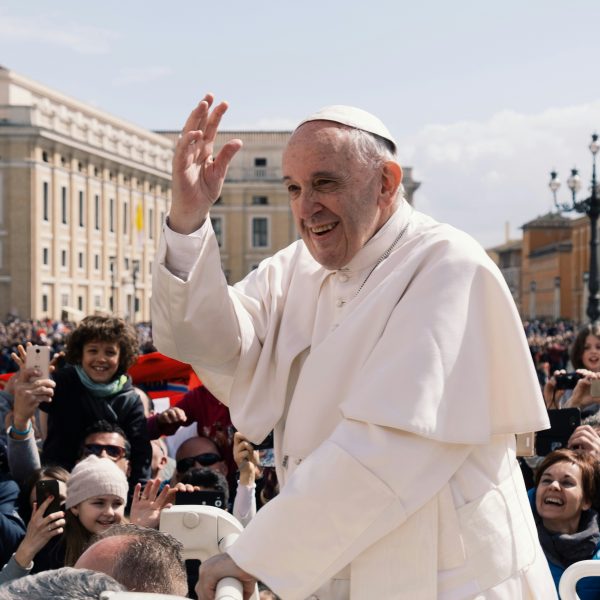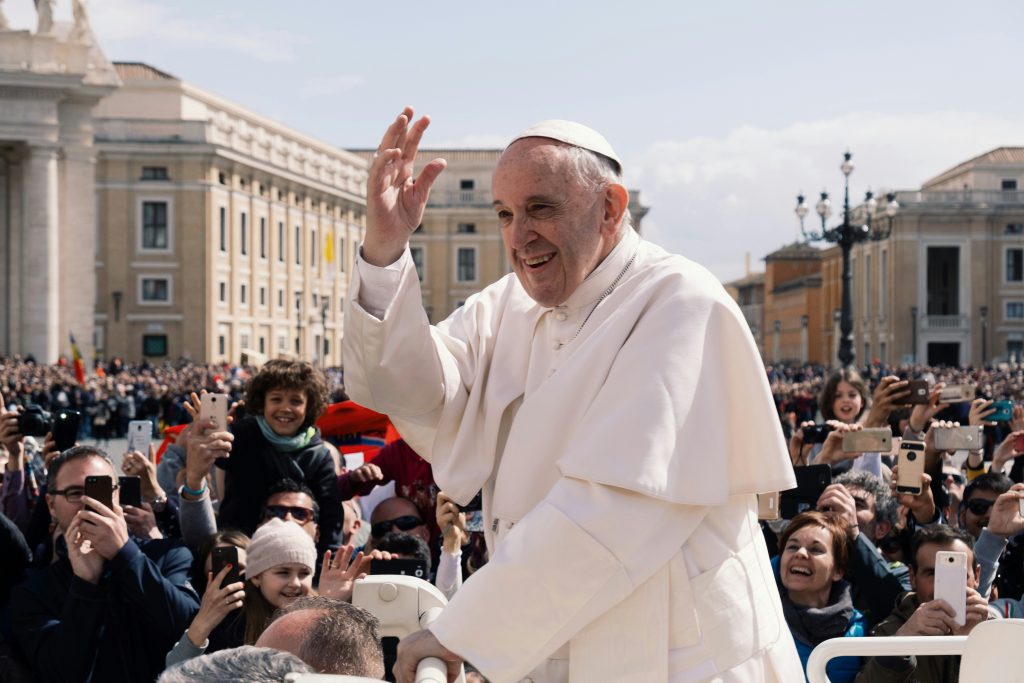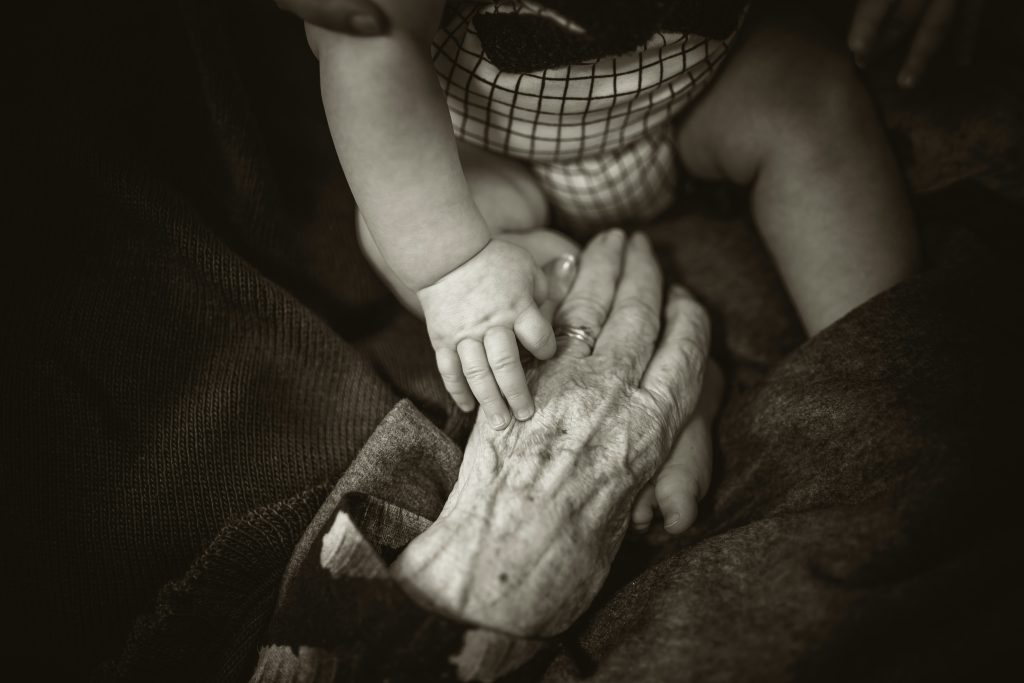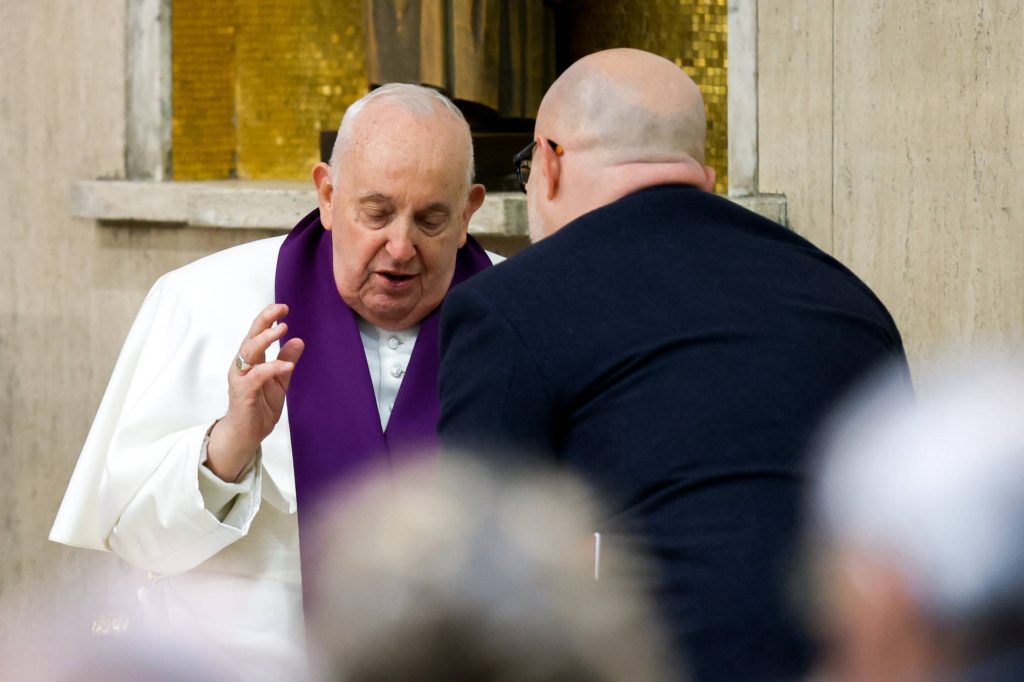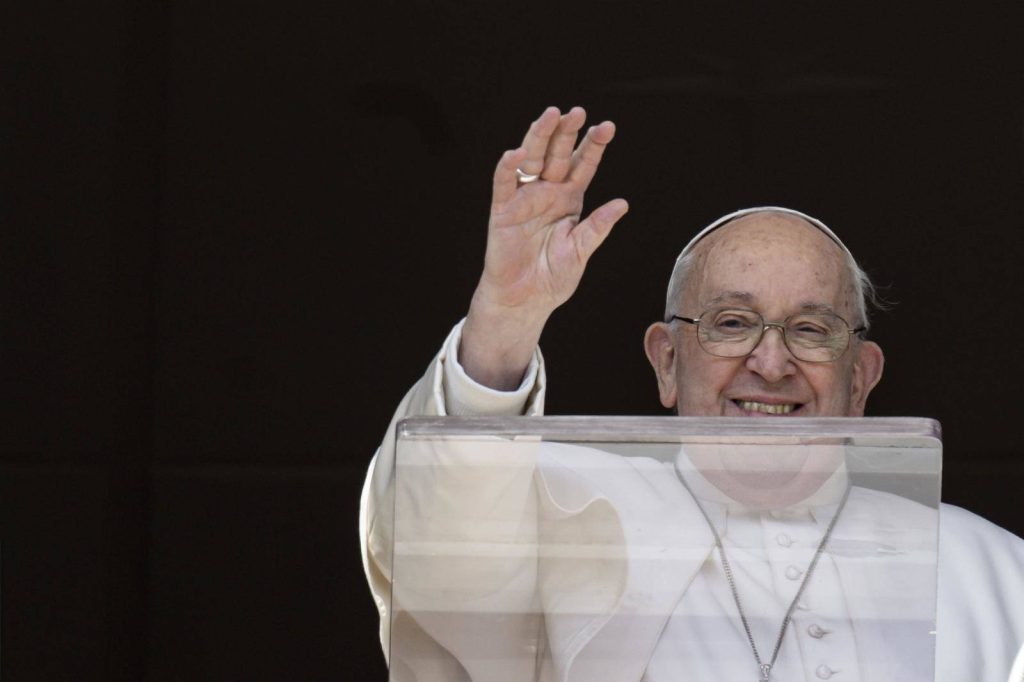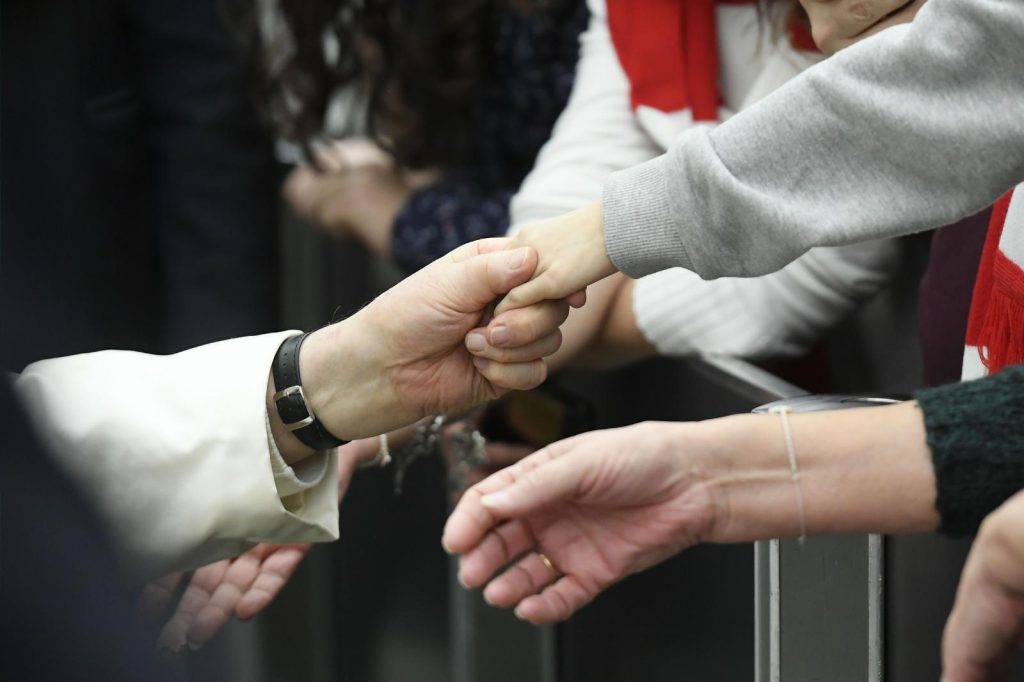By Carol Glatz
VATICAN CITY — With little fanfare, Pope Francis officially opened the Year of Prayer after Mass for the Church’s celebration of Sunday of the Word of God.
“Today, we begin the Year of Prayer; that is, a year dedicated to rediscovering the great value and absolute need for prayer in personal life, in the life of the Church and in the world,” he said, after praying the Angelus with visitors in St. Peter’s Square Jan. 21.
The pope called for the special year last February to help prepare Catholics worldwide for the Holy Year, which begins with the opening of the Holy Door in St. Peter’s Basilica Dec. 24.
Preparing for the jubilee is not just about the huge construction projects underway throughout Rome to help welcome and facilitate the flow of an estimated 35 million pilgrims expected for the Holy Year 2025.
The year 2024 also should be about rebuilding and renewing spiritual pathways and practices so that the spiritual significance of the jubilee can “emerge more clearly, something which goes far beyond the necessary and urgent forms of structural organization,” said Archbishop Rino Fisichella, pro-prefect of the Dicastery for Evangelization’s section for new evangelization, which is coordinating the Holy Year.
Speaking at a news conference Jan. 23 about the Year of Prayer, the archbishop said 2024 is about preparing the groundwork so the jubilee “spiritually enriches the life of the Church and of the entire people of God, becoming a concrete sign of hope.”
The jubilee must be “prepared for and lived in individual communities with that spirit of expectation which is typical of Christian hope,” he said, unveiling several resources the dicastery is providing to help bishops, dioceses, parishes, families and religious communities rediscover the value of and need for daily prayer.
Unlike other years designated by the pope, “this is not a year marked with particular initiatives,” Archbishop Fisichella said. Rather, it is a time to get back to basics: to discover how to pray and how to educate people in prayer “so that prayer can be effective and fruitful.”
“It will not be a year which hinders initiatives of the local Churches; rather, it should be seen as a period in which every planned initiative is supported effectively, precisely because it has prayer as its foundation,” he said.
When asked how the year can complement the U.S. bishops’ National Eucharistic Revival underway, Msgr. Graham Bell, undersecretary of the dicastery’s section for new evangelization, told Catholic News Service, “We are well pleased that the American bishops want to call attention to what Vatican II calls the source and summit of Christian life because it must be the foundation of every renewal.”
Therefore, the revival initiative “is very appropriate in view of the 2025 jubilee,” he said.
The dicastery will release ideas, suggestions and resources as the year continues, starting with an eight-volume series of booklets titled, “Notes on Prayer,” that “delve into the various dimensions of the Christian act of praying, signed by authors of international renown,” Msgr. Bell said at the news conference.
As the translations are done, the series will be made available to the world’s bishops’ conferences, the archbishop said.
The first volume, titled “Praying Today. A Challenge to Be Overcome,” was released Jan. 23 and was written by Cardinal Angelo Comastri, retired archpriest of St. Peter’s Basilica, with a preface by Pope Francis.
“Prayer is the breath of faith, it is its most proper expression. Like a silent cry that comes forth from the heart of those who believe and entrust themselves to God,” the pope wrote.
The other texts, to be released over the next three months, will carry titles such as “Praying with the Psalms,” “The Prayer of Jesus,” “Praying with Saints and Sinners,” and “The Prayer Jesus Taught Us: The ‘Our Father.'”
The dicastery also will send out texts and guides digitally for dioceses to integrate, modify and distribute as they see fit, Archbishop Fisichella said. The different texts will cover many possible aspects of a Christian’s prayer life, including spiritual retreats, shrines and the priesthood.
In addition, he noted, Pope Francis’ 38 general audience talks on prayer, given from May 6, 2020, to June 16, 2021, are available online, reflect on the various forms of prayer and contain many useful suggestions.
Pope Francis will set up a “school of prayer” for 2024, he said. It will be similar to the pope’s “Fridays of Mercy” initiative during the extraordinary Jubilee of Mercy in 2016, when he visited people on the “peripheries,” including babies in a neonatal unit, a center for the blind and a housing project.
“This will be a series of moments of encounter with specific groups of people to pray together and better understand the various forms of prayer: from thanksgiving to intercession; from contemplative prayer to the prayer of consolation; from adoration to supplication,” the archbishop said.
There is “a profound need for spirituality,” he said. And the Year of Prayer is meant to be “a way of fostering the relationship with the Lord, offering moments of genuine spiritual rest.”
“It is like an oasis sheltered from daily stress where prayer becomes nourishment for the Christian life of faith, hope and charity,” the archbishop said.



